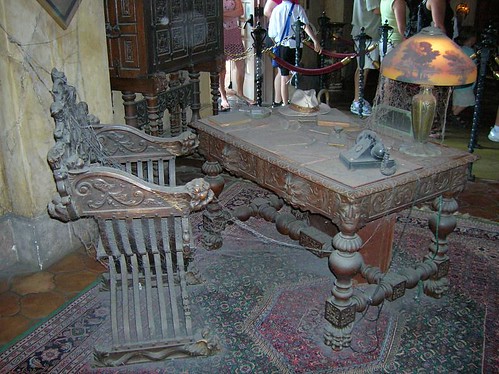Zap The Dust

Excellent work by Dr. Mazumder of B.U. is developing a system where solar panels, typically located in dry areas with lots of sun, dust themselves off with electric charges. The results of this reasearch was presented at the American Chemical Society’s 240th National Meeting & Exposition in Boston last week.
"We think our self-cleaning panels used in areas of high dust and particulate pollutant concentrations will highly benefit the systems’ solar energy output," study leader Malay K. Mazumder, Ph.D. said. "Our technology can be used in both small- and large-scale photovoltaic systems. To our knowledge, this is the only technology for automatic dust cleaning that doesn’t require water or mechanical movement."
Mazumder, who is with Boston University, said the need for that technology is growing with the popularity of solar energy. Use of solar, or photovoltaic, panels increased by 50 percent from 2003 to 2008, and forecasts suggest a growth rate of at least 25 percent annually into the future. Fostering the growth, he said, is emphasis on alternative energy sources and society-wide concerns about sustainability (using resources today in ways that do not jeopardize the ability of future generations to meet their needs).
Scientific American got into some of the detail behind this innovation:
A dust layer of 4 grams per square meter can decrease solar power conversion by 40 percent, says Malay Mazumder, a research professor in Boston University’s Department of Electrical and Computer Engineering. To put this in perspective, dust deposition in Arizona is about 17 grams per square meter per month, and the situation is worse in many other solar-friendly sites, including the Middle East, Australia and India. Mazumder, who led the study, presented the results Sunday at the 240th National Meeting of the American Chemical Society (ACS).
The electrodynamic transparent screen developed by Mazumder and his colleagues is made by depositing a transparent, electrically sensitive material—indium tin oxide (ITO)—on glass or a clear plastic sheet covering the solar panels. When energized, the electrodes produce a traveling wave of electrostatic and dielectrophoretic forces that lift dust particles from the surface and transport them to the screen’s edges. The researchers found that 90 percent of deposited dust can be removed by the transparent screen in fewer than 60 seconds.
This works in part because many solar panels are positioned at an angle—the raised dust would simply fall off. Whereas solar panels are generally placed in dry, open spaces, the researchers are hoping to make their technique and technology also work to keep raindrops and mud from adhering to solar panel surfaces as well.
Now, if we can only apply this technique to dusting our desks…

